All you can get by drinking tea:
Tea are not just water but also what you can call god water. it can do anything like
2.give you a slim figure by burnig fats
3.improve your mental health,
4.helps fighting skin problems by cleaning your stomach and killing the bacteria,
5.helps you to get a good sleep
6.will definetely improve your every day cycle
7.improves your metabolism (metabolism refers to the chemical processes taking in your body)
1.Green tea:
- help you to get slim and loose weight
- Contains bioactive compounds that improve health helps in improving brain function and make you smarter
- it doesn't contain caffeine as much as coffee and it's not addictive
- it is awesone in burning fat and thus results in better physical performance it just boosts your metabolic system and keeps your stomach cleanand protects from bacteria
- it is said to lower the chances of cancer and make your immune system stronger and mainly prevents breast cancer, prostate cancer, colorectal cancer
- also improves dental health ,
- it really works as a refresher
- lower the risk of infection
- lowers the risk of diabetes
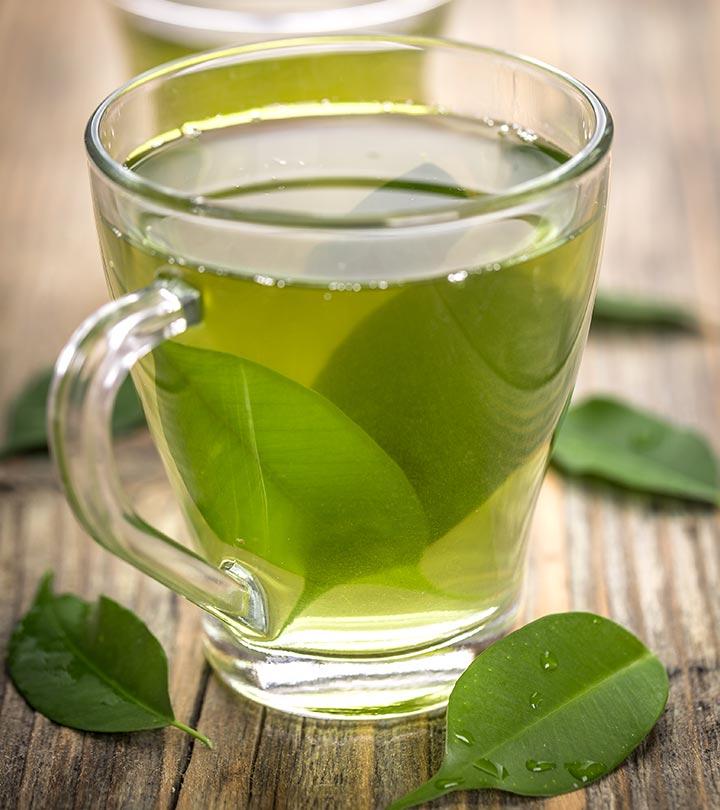
2.White tea:
 White tea may refer to one of several styles of tea which generally feature young or minimally processed leaves of the Camellia sinensis plant.
White tea may refer to one of several styles of tea which generally feature young or minimally processed leaves of the Camellia sinensis plant.
Currently there is no generally accepted definition of white tea and very little international agreement; some sources use the term to refer to tea that is merely dried with no additional processing, some to tea made from the buds and immature tea leaves picked shortly before the buds have fully opened and allowed to wither and dry in natural sun,[citation needed] while others include tea buds and very young leaves which have been steamed or fired before drying. Most definitions agree, however, that white tea is not rolled or oxidized, resulting in a flavour characterized as "lighter" than most green or traditional black teas
 White tea may refer to one of several styles of tea which generally feature young or minimally processed leaves of the Camellia sinensis plant.
White tea may refer to one of several styles of tea which generally feature young or minimally processed leaves of the Camellia sinensis plant.
Currently there is no generally accepted definition of white tea and very little international agreement; some sources use the term to refer to tea that is merely dried with no additional processing, some to tea made from the buds and immature tea leaves picked shortly before the buds have fully opened and allowed to wither and dry in natural sun,[citation needed] while others include tea buds and very young leaves which have been steamed or fired before drying. Most definitions agree, however, that white tea is not rolled or oxidized, resulting in a flavour characterized as "lighter" than most green or traditional black teas
3.Oolong tea:
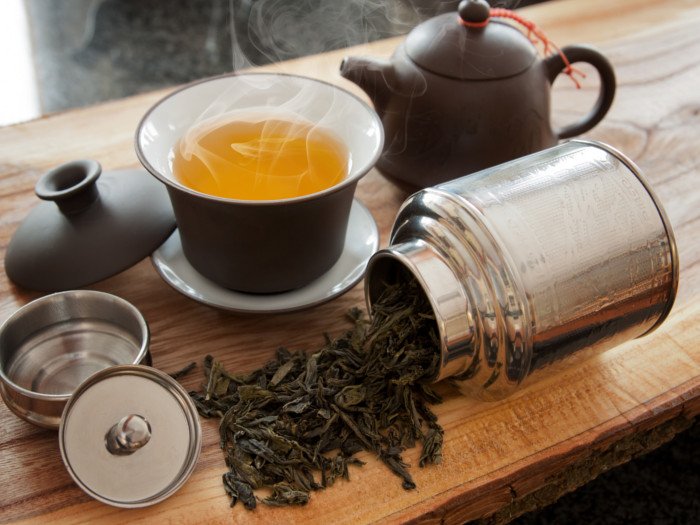
The manufacture of oolong tea involves repeating stages to achieve the desired amount of bruising and browning of leaves. Withering, rolling, shaping, and firing are similar to black tea, but much more attention to timing and temperature is necessary
- Oolong contains caffeine, although the caffeine content in tea will vary based on terroir,
- when the leaf is plucked, and the production processes Some semi-fermented oolong teas contain acylated flavonoid tetraglycosides, named teaghrelins
- their ability is to bind to ghrelin receptors (or growth hormone manufacturer).
- Teaghrelins were isolated from Chin-shin oolong tea and Shy‐jih‐chuen oolong tea and recently from other oolong tea varieties
4.Fermented tea / dark tea:
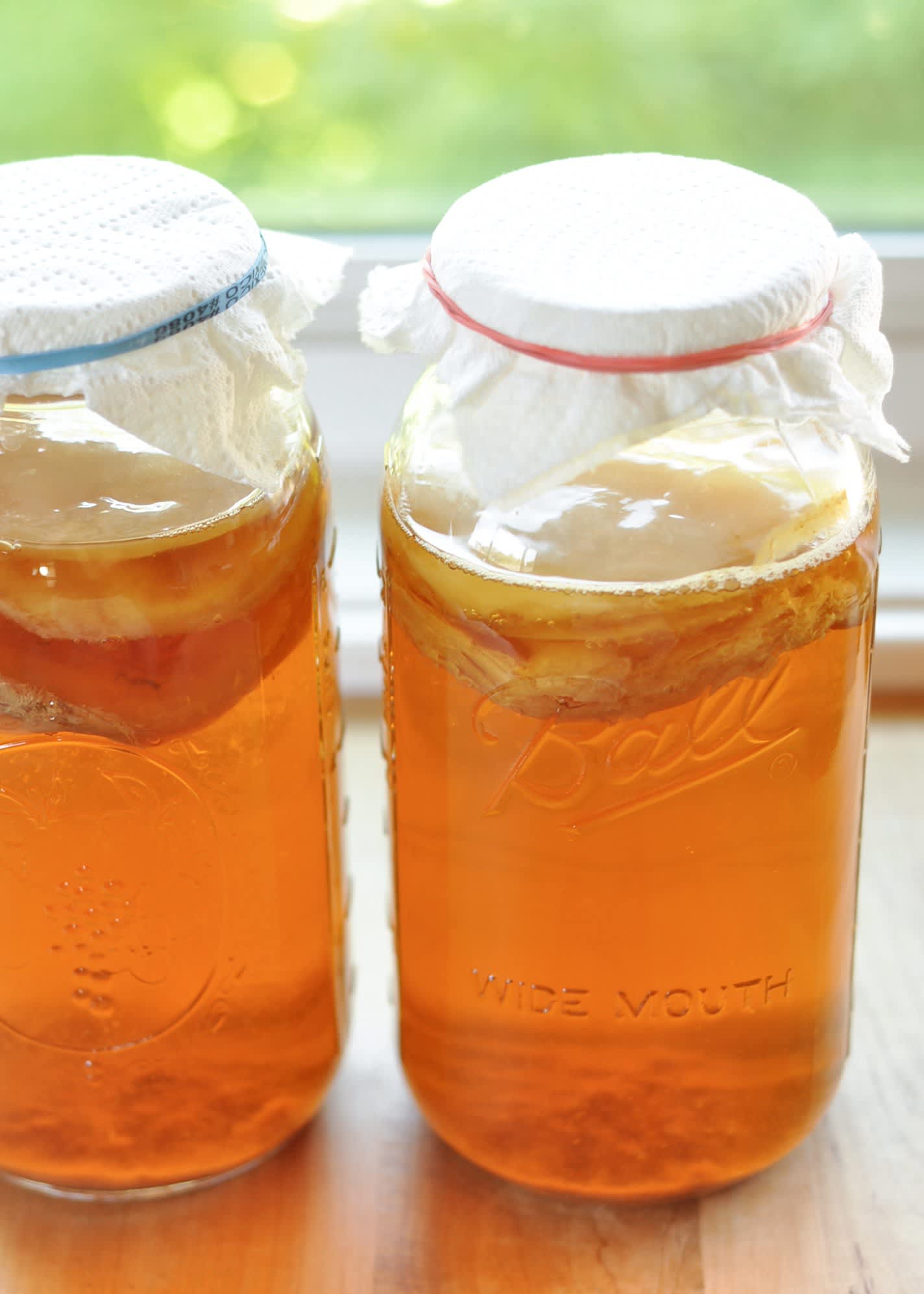 Fermented tea (also known as post-fermented tea or dark tea) is a class of tea that has undergone microbial fermentation, from several months to many years. The exposure of the tea leaves to humidity and oxygen during the process also causes endo-oxidation (derived from the tea-leaf enzymes themselves) and exo-oxidation (which is microbially catalysed). The tea leaves and the liquor made from them become darker with oxidation. dont worry its safe to drink and if you have a habbit to drink alcohol then this can help you
Fermented tea (also known as post-fermented tea or dark tea) is a class of tea that has undergone microbial fermentation, from several months to many years. The exposure of the tea leaves to humidity and oxygen during the process also causes endo-oxidation (derived from the tea-leaf enzymes themselves) and exo-oxidation (which is microbially catalysed). The tea leaves and the liquor made from them become darker with oxidation. dont worry its safe to drink and if you have a habbit to drink alcohol then this can help you 5.yellow tea:
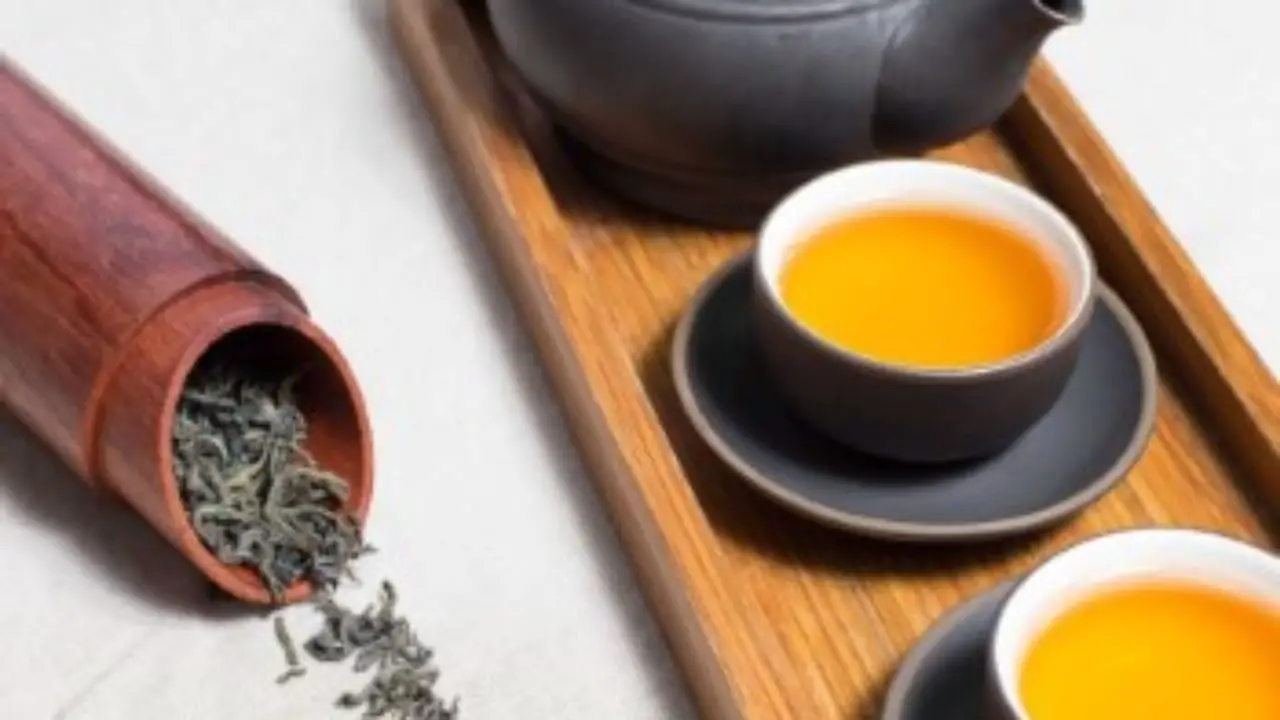 It is an increasingly rare and expensive variety of tea. The process for making yellow tea is similar to that of green but with an added step of encasing and steaming the tea. This allows the tea to oxidize at a slow rate for a brief period before the tea is heated fully to denature the oxidizing enzymes, producing a far more mellow taste than is found in most green teas; this also gives the leaves a slightly yellow coloring during the drying process. Yellow tea is often placed in the same category with green tea due to its light oxidation. One of the primary aims of making yellow tea is to remove the characteristic grassy smell of green tea.
It is an increasingly rare and expensive variety of tea. The process for making yellow tea is similar to that of green but with an added step of encasing and steaming the tea. This allows the tea to oxidize at a slow rate for a brief period before the tea is heated fully to denature the oxidizing enzymes, producing a far more mellow taste than is found in most green teas; this also gives the leaves a slightly yellow coloring during the drying process. Yellow tea is often placed in the same category with green tea due to its light oxidation. One of the primary aims of making yellow tea is to remove the characteristic grassy smell of green tea.6.black tea:
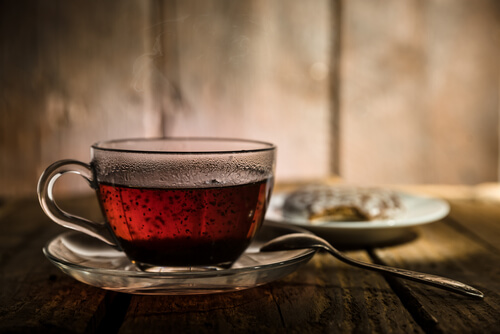 Black tea is a type of tea that is more oxidized than oolong, green, and white teas. Black tea is generally stronger in flavor than other teas. All four types are made from leaves of the shrub (or small tree) Camellia sinensis. Two principal varieties of the species are used – the small-leaved Chinese variety plant (C. sinensis var. sinensis), used for most other types of teas, and the large-leaved Assamese plant (C. sinensis var. assamica), which was traditionally mainly used for black tea, although in recent years some green and white teas have been produced. In China, where black tea was discovered, the beverage is called "red tea" due to the color of the oxidized leaves when processed appropriately.
Black tea is a type of tea that is more oxidized than oolong, green, and white teas. Black tea is generally stronger in flavor than other teas. All four types are made from leaves of the shrub (or small tree) Camellia sinensis. Two principal varieties of the species are used – the small-leaved Chinese variety plant (C. sinensis var. sinensis), used for most other types of teas, and the large-leaved Assamese plant (C. sinensis var. assamica), which was traditionally mainly used for black tea, although in recent years some green and white teas have been produced. In China, where black tea was discovered, the beverage is called "red tea" due to the color of the oxidized leaves when processed appropriately.
While green tea usually loses its flavor within a year, black tea retains its flavor for several years. For this reason, it has long been an article of trade, and compressed bricks of black tea even served as a form of de facto currency in Mongolia, Tibet and Siberia into the 19th century. Black tea accounts for over 90% of all tea sold in the West
Plain black tea without sweeteners or additives contains caffeine, but negligible quantities of calories or nutrients. Black teas from Camellia sinensis contain polyphenols, such as flavonoids, which are under preliminary research for their potential to affect blood pressure and blood lipids as risk factors for cardiovascular disease,but overall this research remains inconclusive.Long-term consumption of black tea only slightly lowered systolic and diastolic blood pressures (about 1-2 mmHg). Black tea consumption may be associated with a reduced risk of stroke, but there is only limited research to evaluate this possibility.
Meta-analyses of observational studies concluded that black tea consumption does not affect the development of oral cancers in Asian or Caucasian populations, esophageal cancer or prostate cancer in Asian populations, or lung cancer.

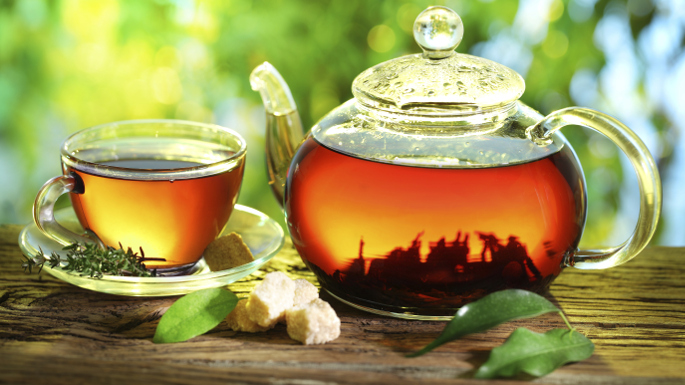



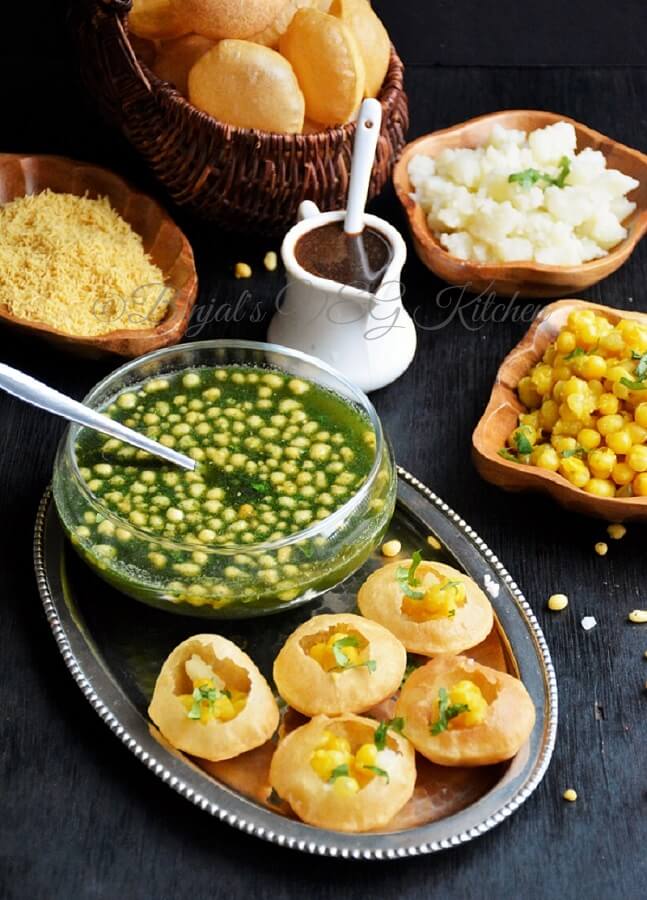


0 Comments